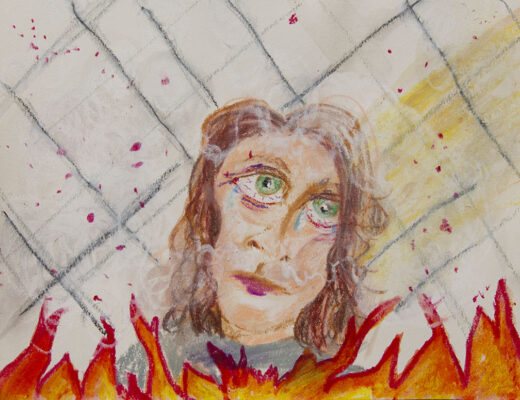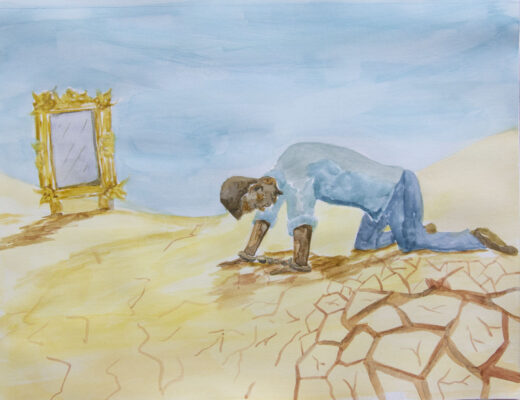Future in Forensic Studies
After a few years, I completed my masters-level art therapy program. Then, I began the daunting task of finding gainful employment. As I viewed community options, I was astonished to find several correctional facilities. Behind bars, incarcerated persons are largely hidden. That may be the intention; however, I was shocked that I never considered forensic work in my studies.
Time for Count
In this area, I added up the facility populations. An estimated 8,000 people in this community are incarcerated. Surprisingly, the count actually matches the employee count for the area’s largest employer. According to a study from Cornell University, nearly one in two Americans has an immediate family member incarcerated for more than one year (Enns, Youngmin, Comfort, Goldman, Lee, Muller, Wakefield, Wang, Wildeman, 2019). Further, I learned the state of Florida is ranked in the top 10 states having the highest incarceration rates in the United States per the U.S. Bureau of Justice Statistics (2019).
Art Reflection with Conviction
With worried looks, family and friends shakily extended their congratulations on my new employment. With this first jump into art therapy practice, I am gaining experience for meeting the unique and challenging needs of incarcerated persons. So, welcome! This blog will chronicle my reflections of working behind bars from the vantage of an art therapist with insights communicated through imagery, poetry and writings.
“Dark Water Song”
Loosen up the reins
Holding back plays a fear
That which is before you
Has so much song to hear.
The medium moves faster
Than the mind can even wrap
By the time you brush the strokes
Weather’s changed in a snap.
So loosen up faster
Then move around the trap
To nature’s depth on tap.
Then forgiveness softens
As a whisper of solidarity
Oh amongst this concrete & iron
Find the song of me.
In the “Dark Water Song” image, a river flows beneath a leaning iron bridge. Life seems to be full of color outside of the structure. Growth and movement appear to ‘move on,’ unaware of the structure. I find this too happens in our community. The prisons and jails are there but set apart from the “busy-ness” of life. Forgotten from an outside view, life also bustles from behind these walls harkening these souls to “find the song of me.”
References
Enns, P. K., Youngmin, Y., Comfort, M., Goldman, A. W., Lee, H. Muller, C., Wakefield, S., Wang, E. A., Wildeman, C. (2019). What percentage of Americans have ever had a family member incarcerated?: Evidence from the family history of incarceration survey (FamHIS). Socius: Sociological Research for a Dynamic World, 5,1-45. doi: 10.1177/2378023119829332
U.S. Bureau of Justice Statistics. (2019). State-by-state data. Retrieved from https://www.sentencingproject.org/the-facts/#rankings.




